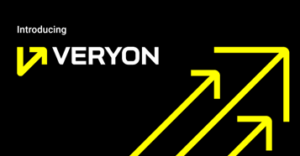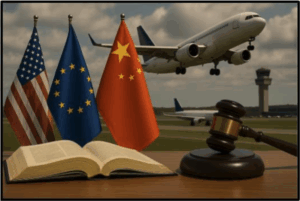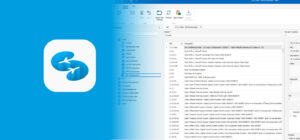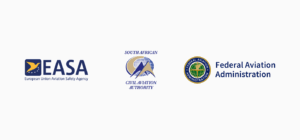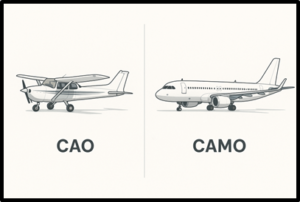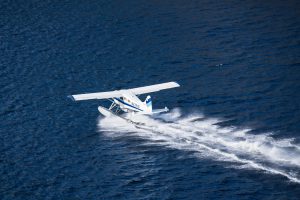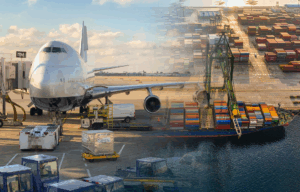
Streamlining the Aviation Supply Chain with SAM
Streamlining the Aviation Supply Chain with SAM
Managing an aviation supply chain isn’t just about logistics—it’s about ensuring safety, compliance, and efficiency in one of the most tightly regulated industries in the world. From sourcing high-value components to managing inventory across global operations, every step must be precise and accountable.
That’s where SAM, ASA Software’s aircraft maintenance system, comes in. With a fully integrated Supply Chain Management (SCM) module, SAM empowers procurement, logistics, and finance teams to collaborate seamlessly—from issuing inquiries to reconciling invoices. Whether you’re evaluating supplier offers, tracking incoming shipments, or maintaining full inventory visibility, SAM provides the tools and automation to make your supply chain faster, smarter, and more reliable.
In an industry where every bolt counts and traceability is non-negotiable, SAM ensures your operation stays ahead—compliant, efficient, and ready for takeoff.
